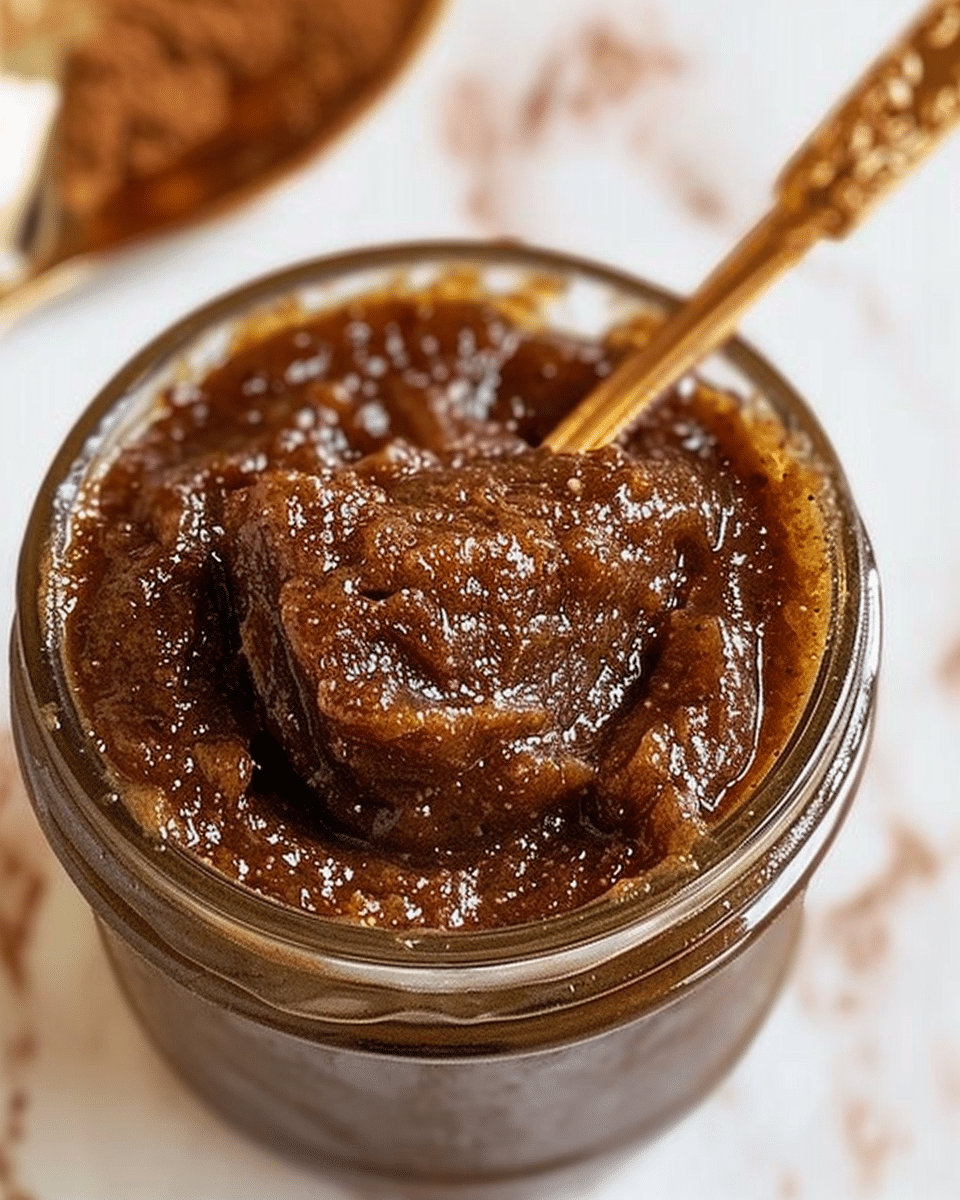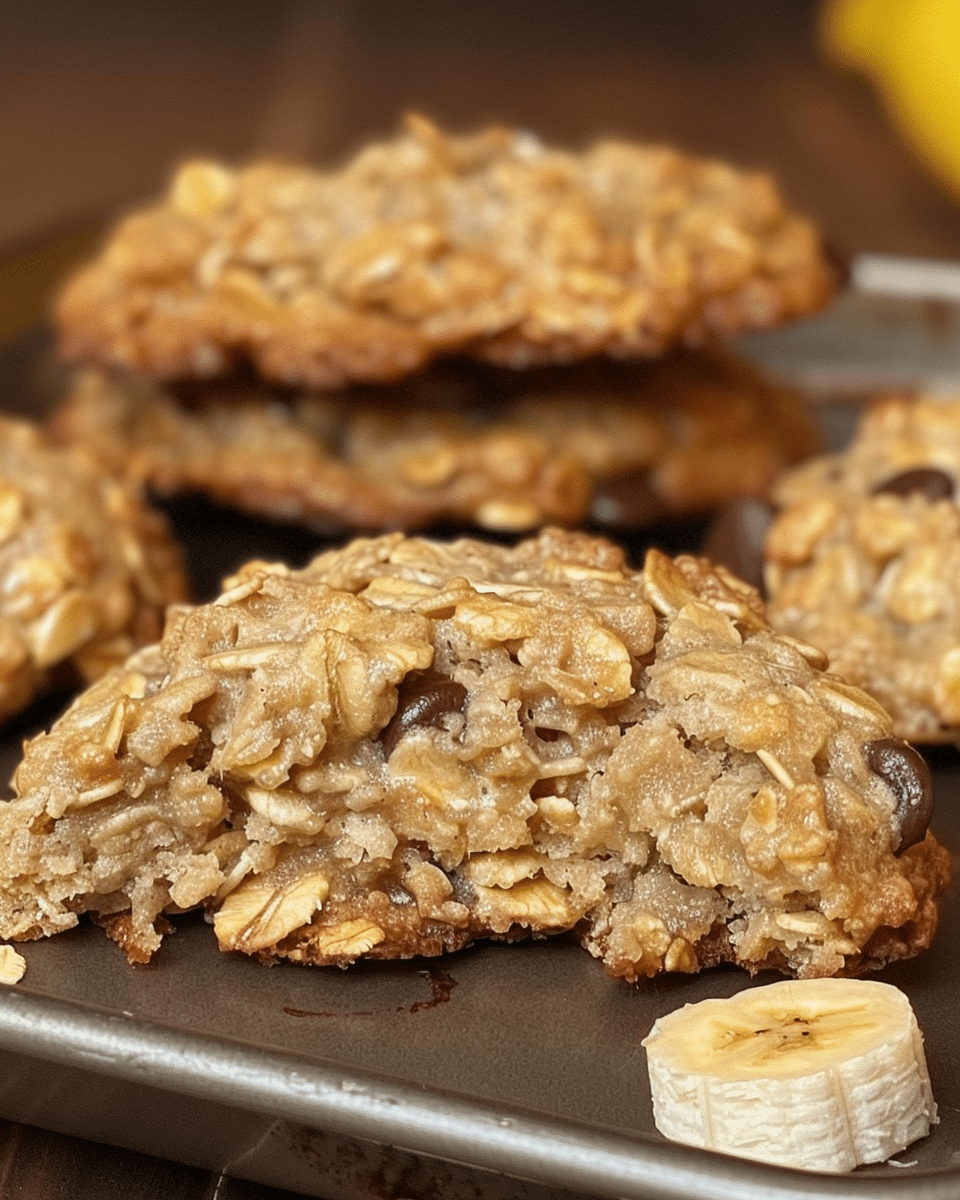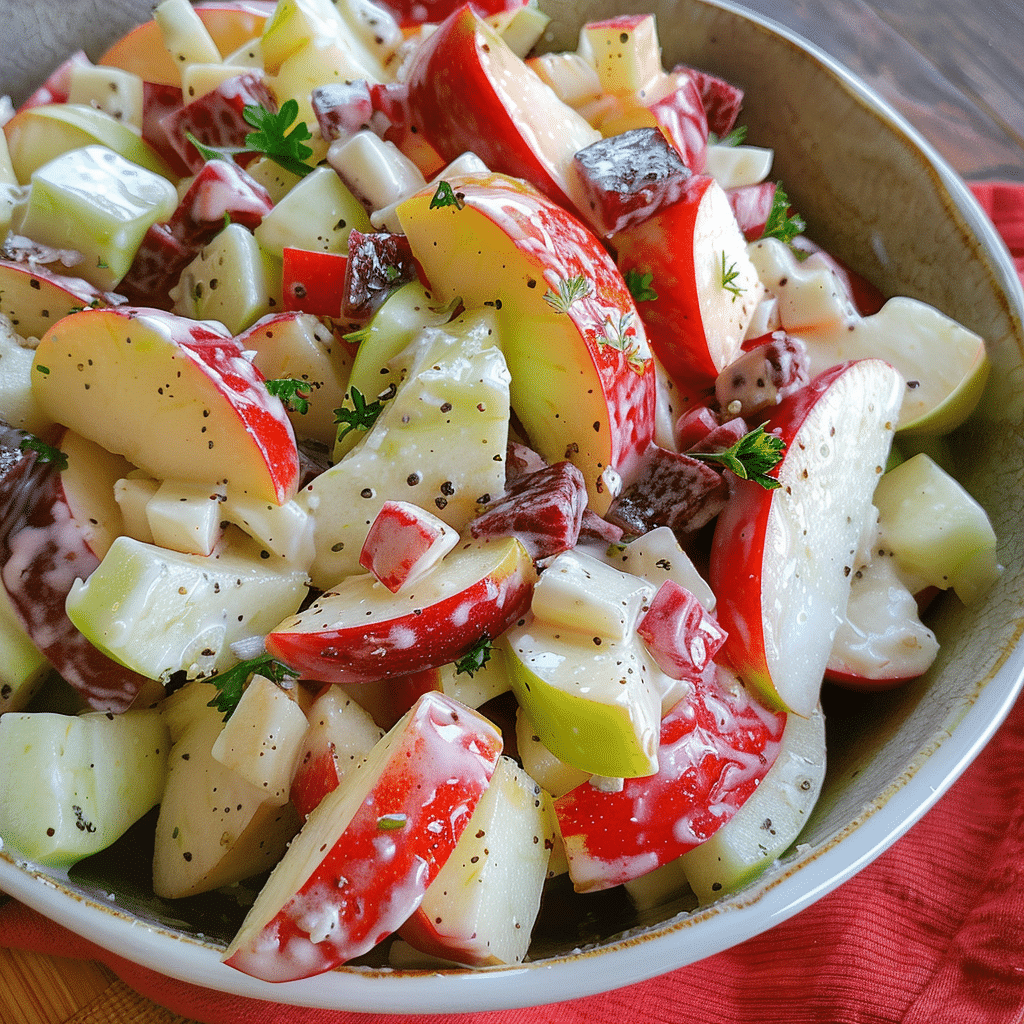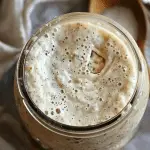Ever stared at that leftover slice of cheesecake in your fridge, wondering if it’s still good to eat? We’ve all been there, tempted by the creamy delight but held back by safety concerns. Here’s a comprehensive guide to answer, Can I eat 2 week old cheesecake?
Can I eat 2 week old cheesecake?
The age-old query of food safety: Can desserts like cheesecake last two weeks? While it might be tempting to give it a taste, there’s more to consider than just flavor.
- The science behind food spoilage: All foods have an expiration, especially those rich in dairy and sugars like cheesecake. Over time, bacteria can grow, leading to spoilage.
- Factors that influence cheesecake shelf life: Not all cheesecakes are created equal! Factors like ingredients, storage methods, and even the baking process can determine its longevity.
Ingredients and Their Shelf Life
Delving into the delicious realm of cheesecake, one might wonder how long its key ingredients last. A cheesecake’s longevity is intrinsically tied to the shelf life of its components. So, let’s dissect the core ingredients and their respective shelf lives to ensure you’re savoring your cheesecake at its prime.
1. Cream Cheese:
Arguably the star of the show, cream cheese provides the signature creamy texture to our beloved dessert. Typically, unopened cream cheese can last for about a month past its expiration date if stored in the refrigerator. Once opened, it’s best consumed within two weeks. Any separation of water, sour smell, or mold is a tell-tale sign of spoilage.
2. Eggs:
They contribute to the rich density of the cheesecake. Raw eggs, when kept in their shell, have a shelf life of about 3-5 weeks in the refrigerator. However, once incorporated into the cheesecake, their longevity is significantly reduced, blending with the overall life of the dessert.
3. Sugar:
Apart from sweetness, sugar acts as a preservative. Granulated sugar stored in a cool, dry place has an indefinite shelf life. However, when mixed with moist ingredients in a cheesecake, its preservative qualities are somewhat diluted.
4. Graham Crackers or Biscuits (For crust):
When kept in a sealed package in a cool, dry place, they can last up to 6-9 months. Yet, when crushed and mixed with butter for a cheesecake base, their longevity aligns with the overall dessert’s expiration.
5. Butter (For crust and batter):
Unsalted butter can last up to a month in the refrigerator post its ‘best by’ date, while salted varieties can stretch up to three months. In a cheesecake, its fats meld with other ingredients, so its independent shelf life becomes less significant.
6. Fresh Fruit Toppings:
Fresh fruits, like strawberries or blueberries, have a shorter lifespan, ranging from a few days to a week in the refrigerator. When used as a topping, they can introduce additional moisture, potentially reducing the cheesecake’s shelf life. Always check for mold or an off smell.
7. Dairy (Milk or Heavy Cream):
Often added to give a cheesecake its silky texture, dairy products like milk or heavy cream typically last a week past their sell-by date. Once they’re part of the cheesecake mix, the dessert’s overall shelf life takes precedence.
8. Flavorings (Vanilla extract, citrus zest, etc.):
While most flavorings have a prolonged shelf life (vanilla extract can last years when stored properly!), their inclusion in cheesecake doesn’t extend the dessert’s longevity but rather enhances its flavor profile.
Read: Churro Cheesecake
Storage methods and their impact
How you store your cheesecake can make or break its longevity.
- Refrigeration vs. freezing: While refrigerating slows down bacterial growth, freezing can halt it, potentially prolonging your cheesecake’s life.
- Importance of an airtight container: Keeping air out is key! It prevents drying out and potential contamination.
- The role of temperature and humidity: These factors can either be a cheesecake’s friend or foe. Ensure optimal conditions for maximum shelf life.
Signs of a spoiled cheesecake
A spoiled cheesecake can exhibit several signs that indicate it’s no longer safe to eat. Here are some common signs to look out for:
- Foul Odor: A fresh cheesecake should have a pleasant, creamy aroma. If your cheesecake smells sour, rancid, or off-putting, it may have spoiled.
- Mold Growth: Visible mold growth is a clear indicator of spoilage. If you see any green, white, or black spots on the surface of your cheesecake, discard it immediately.
- Changes in Texture: A spoiled cheesecake may become excessively wet or develop a slimy texture. If the texture feels unusual or slimy to the touch, it’s a sign of spoilage.
- Unusual Taste: Taste a small portion of the cheesecake. If it has a sour, tangy, or off taste, it’s best not to consume it.
- Separation: If the cheesecake has separated into different layers, with liquid pooling on the top or between layers, this indicates spoilage.
- Bacterial Growth: Cheesecakes are dairy-based products, and when they spoil, harmful bacteria like Salmonella or E. coli can multiply. Consuming spoiled cheesecake can lead to foodborne illnesses.
- Expired Ingredients: Check the expiration dates of the ingredients used in your cheesecake, especially the cream cheese, sour cream, and eggs. Expired ingredients can lead to spoilage.
- Storage Conditions: If the cheesecake has not been stored properly, such as being left out at room temperature for an extended period or stored in a warm and humid environment, it is more likely to spoil.
- Off-putting Appearance: A spoiled cheesecake may appear discolored, with a yellowish or brownish tint, which is a sign of spoilage.
- Gas or Bloating: Sometimes, spoiled cheesecakes may produce gas or bloating within the packaging or container, causing it to expand. This is a clear indication of spoilage.
If you notice any of these signs, it’s essential to err on the side of caution and not consume the cheesecake. Consuming spoiled food can lead to foodborne illnesses, which can have serious health consequences. Proper storage and handling can help prolong the shelf life of your cheesecake and reduce the risk of spoilage.
Potential health risks of old cheesecake
Eating old cheesecake, like consuming any expired or spoiled food, can pose health risks. The potential health risks associated with old cheesecake include:
- Foodborne Illness: Cheesecake is a dairy-based product, and when it becomes spoiled or contaminated with harmful bacteria, such as Salmonella or E. coli, it can cause foodborne illnesses. Symptoms may include diarrhea, vomiting, abdominal pain, and fever.For more information on food safety and prevention, refer to the CDC’s guidelines on foodborne illnesses.
- Mold Growth: Cheesecake can develop mold when stored for an extended period. Ingesting mold can lead to allergic reactions or respiratory problems, particularly if you are sensitive or allergic to mold.
- Stomach Upset: Even if the cheesecake hasn’t gone bad, it can become dry and lose its texture over time. Eating dry or stale cheesecake may lead to stomach discomfort or indigestion.
- Food Allergies: If you have food allergies or sensitivities, consuming old cheesecake can be risky. Cross-contamination or the presence of allergenic ingredients in expired cheesecake may trigger allergic reactions.
To avoid these health risks, it’s essential to store cheesecake properly and consume it within a reasonable timeframe. Keep cheesecake refrigerated, and pay attention to its expiration date or best-before date if it’s a store-bought product. If you notice any signs of spoilage, such as an off smell, unusual texture, or visible mold, it’s best to err on the side of caution and discard it. When in doubt, it’s safer to avoid consuming old or expired cheesecake to protect your health.
Safety precautions when storing cheesecake
Storing cheesecake properly is crucial to maintain its flavor, texture, and safety. Here are some safety precautions to follow when storing cheesecake:
- Cooling Before Storing: Allow the cheesecake to cool completely at room temperature before placing it in the refrigerator. Rapid temperature changes can cause the cheesecake to crack.
- Refrigeration: Cheesecake is a perishable dessert due to its dairy and egg content. Once cooled, it should be refrigerated if not consumed immediately. Store it in the refrigerator for up to 5-6 days.
- Wrap Tightly: Use plastic wrap or aluminum foil to cover the cheesecake tightly. This will prevent it from absorbing other odors in the fridge and keep it moist.
- Store in an Airtight Container: If possible, place the wrapped cheesecake in an airtight container. This provides an additional layer of protection from other foods and odors.
- Avoid Cross-Contamination: Do not store the cheesecake next to raw meats or other foods that might contaminate it. It’s best to keep it on a separate shelf or in a designated dessert area in your fridge.
- Freezing: If you won’t be eating the cheesecake within the next week, consider freezing it. To freeze, first wrap the cheesecake (or slices) in plastic wrap, then in aluminum foil. Store in a freezer-safe container or resealable plastic bag. Properly stored, it can last for several months in the freezer.
- Thawing: Thaw frozen cheesecake in the refrigerator rather than at room temperature to maintain its texture and ensure safety. For best practices on safely thawing foods, check out the USDA’s guidelines on safe food defrosting.
- Avoid Refreezing: Once a cheesecake has been thawed from the freezer, it’s best not to refreeze it. This can compromise its texture and taste.
- Checking for Spoilage: Before consuming, always check the cheesecake for signs of spoilage such as mold, off-odors, or sour taste.
- Keep Toppings Separate: If storing cheesecake with a topping (like fruit compote), consider storing the topping separately and adding it just before serving. This can help the cheesecake maintain its texture.
- Slice When Cold: If you need to slice the cheesecake, it’s easier to do so when it’s cold. Use a sharp knife dipped in hot water for clean cuts.
- Personal Hygiene: Always use clean hands and utensils when handling the cheesecake to avoid contamination.
By following these safety precautions, you’ll ensure that your cheesecake remains delicious and safe to eat.
Alternatives to wasting older cheesecake
If you have an older cheesecake that you don’t want to go to waste, there are several creative ways to repurpose or salvage it:
- Cheesecake Milkshake: Blend pieces of the cheesecake (crust and all) with some milk or ice cream to create a rich, creamy milkshake.
- Cheesecake Truffles: Crumble the cheesecake and roll it into balls. Dip them in melted chocolate and let them harden in the fridge for a sweet treat.
- Cheesecake Parfait: Layer crumbled cheesecake, fruit, and whipped cream in a glass. This is a great way to make an old cheesecake look and taste fresh.
- Cheesecake-stuffed Pancakes or Crepes: Mix small chunks of cheesecake with your pancake batter or spread it thinly over crepes before rolling them up.
- Cheesecake Bread Pudding: Cut the cheesecake into cubes and use it in place of bread in a bread pudding recipe.
- Cheesecake French Toast: Dip slices of cheesecake in an egg-milk mixture and pan-fry until golden brown, just as you would with regular French toast.
- Ice Cream Mix-In: Chop the cheesecake into chunks and stir them into homemade (or softened store-bought) ice cream.
- Cheesecake Crumble: Use the older cheesecake as a crumbled topping over other desserts, such as ice cream sundaes, fruit salads, or even other cakes.
- Re-make into Bars: Crumble the cheesecake and press it into a baking dish. Top with fruit, chocolate, or caramel sauce and bake until warm and bubbly. Serve as dessert bars.
- Frozen Cheesecake Bites: Cut the cheesecake into bite-sized pieces and freeze them. They can be dipped in chocolate or enjoyed as-is for a quick cold treat.
- Smoothie: Blend the cheesecake with some yogurt, ice, and fruits like strawberries or bananas to make a dessert smoothie.
- Cheesecake Dip: Blend the cheesecake with a bit of milk or cream to create a smoother consistency. Serve it as a dip for fruit slices or cookies.
- Don’t forget Toppings: Sometimes, all an old cheesecake needs is a fresh topping to make it appealing again. Consider fruit compote, chocolate or caramel sauce, or fresh berries.
- Gift It: If you believe the cheesecake is still good but simply can’t consume it, consider offering it to a neighbor, friend, or coworker.
- Compost: If you feel the cheesecake is truly past its prime for consumption, you can still avoid the trash by adding it to a compost heap if you have one.
Lastly, always use your best judgment. If the cheesecake shows signs of spoilage or has an off odor, it’s better to discard it safely. If it’s just a matter of being slightly stale or less than fresh, the above ideas can give it a new lease on life.
FAQs
How long does cake last in the fridge?
A standard cake, whether frosted or unfrosted, can last in the refrigerator for 3-5 days. If the cake contains fresh fruit, cream fillings, or dairy-based toppings, it’s best to consume it within 2-3 days. To maintain its moisture and freshness, store it in an airtight container, away from strong-smelling foods. Before consumption, always check for any mold, off-odors, or unusual textures.
How long does cream cheese last?
Unopened cream cheese, when stored in the refrigerator, can last for about a month past its expiration date. However, once opened, it’s best used within two weeks. Factors like storage conditions and exposure to air can influence its longevity. If you notice any water separation, a sour or off smell, or mold on your cream cheese, it’s time to discard it. For extended shelf life, you can also store cream cheese in the freezer, but this might alter its texture upon thawing.
Can I freeze cheesecake?
Absolutely! Freezing is a great way to extend the life of your cheesecake. To freeze a cheesecake:
- Let it cool completely after baking.
- Place the cheesecake (without any fresh fruit toppings) on a freezer-friendly plate or tray and freeze until solid.
- Once solid, wrap it tightly in aluminum foil or plastic wrap.
- Place the wrapped cheesecake in an airtight container or freezer bag to prevent freezer burn.
- Label with the date for reference.
A frozen cheesecake can last up to 6-8 months. To consume, thaw it in the refrigerator overnight, ensuring a creamy and delightful experience.
How long does homemade cheesecake last?
A homemade cheesecake, when properly stored in the refrigerator, typically lasts for 5-7 days. This duration can vary depending on its ingredients; for instance, a cheesecake with fresh fruit toppings might have a shorter shelf life. Always use an airtight container for storage to maintain its freshness and prevent it from absorbing other food odors. If you suspect any spoilage, such as mold growth or an off smell, it’s safer to discard the cheesecake.
How long does cheese last in the fridge?
The longevity of cheese in the fridge varies based on its type:
- Soft Cheeses (like Brie, Camembert): 1-2 weeks after opening.
- Semi-Soft Cheeses (like Mozzarella, Provolone): 2-3 weeks when stored in an airtight container.
- Hard Cheeses (like Cheddar, Parmesan): Up to 4-6 weeks. If mold develops on hard cheeses, you can cut around it, ensuring to remove about an inch of cheese from all sides.
- Processed Cheeses: Lasts 2-3 weeks after opening.
Always store cheese in the coldest part of your refrigerator and keep it wrapped in wax paper, parchment, or cheese paper, followed by a loose wrapping of plastic or foil. This helps the cheese breathe while preserving its moisture.
Conclusion
While the allure of a leftover cheesecake slice is hard to resist, it’s crucial to consider the potential risks. Always prioritize safety over temptation. After all, there’s nothing sweeter than good health.








